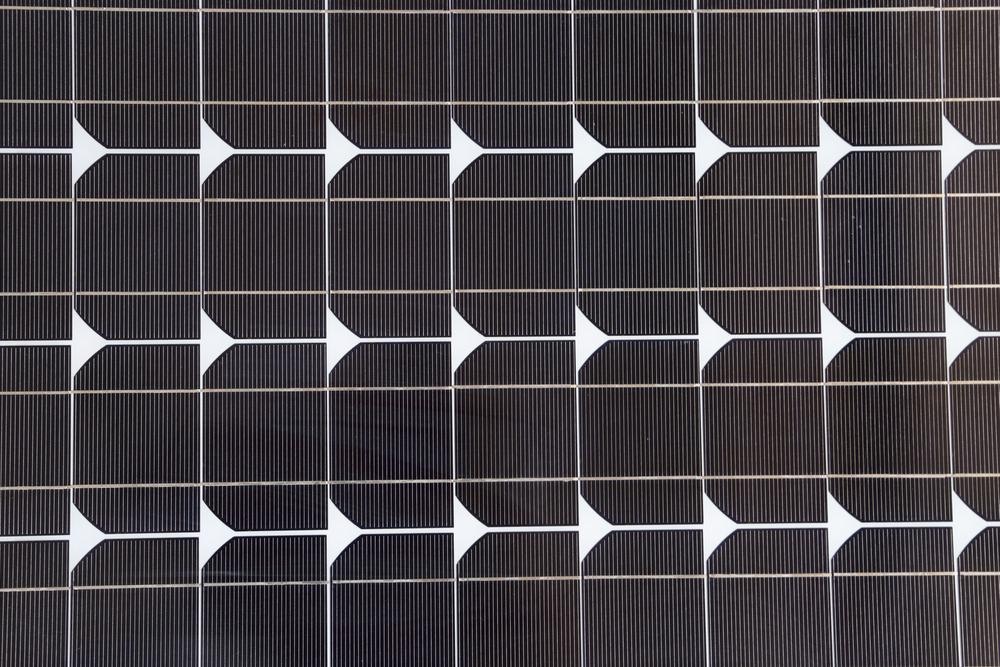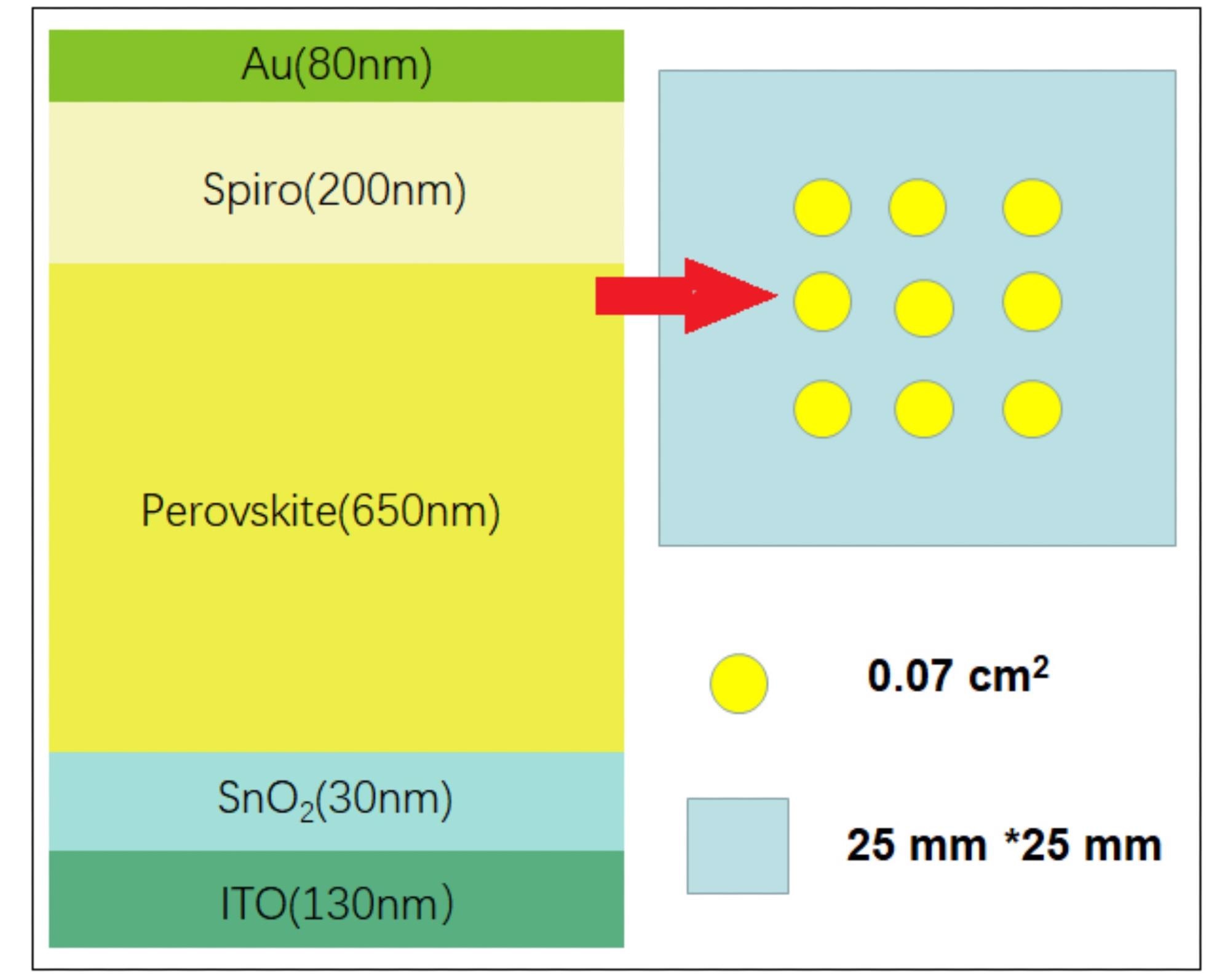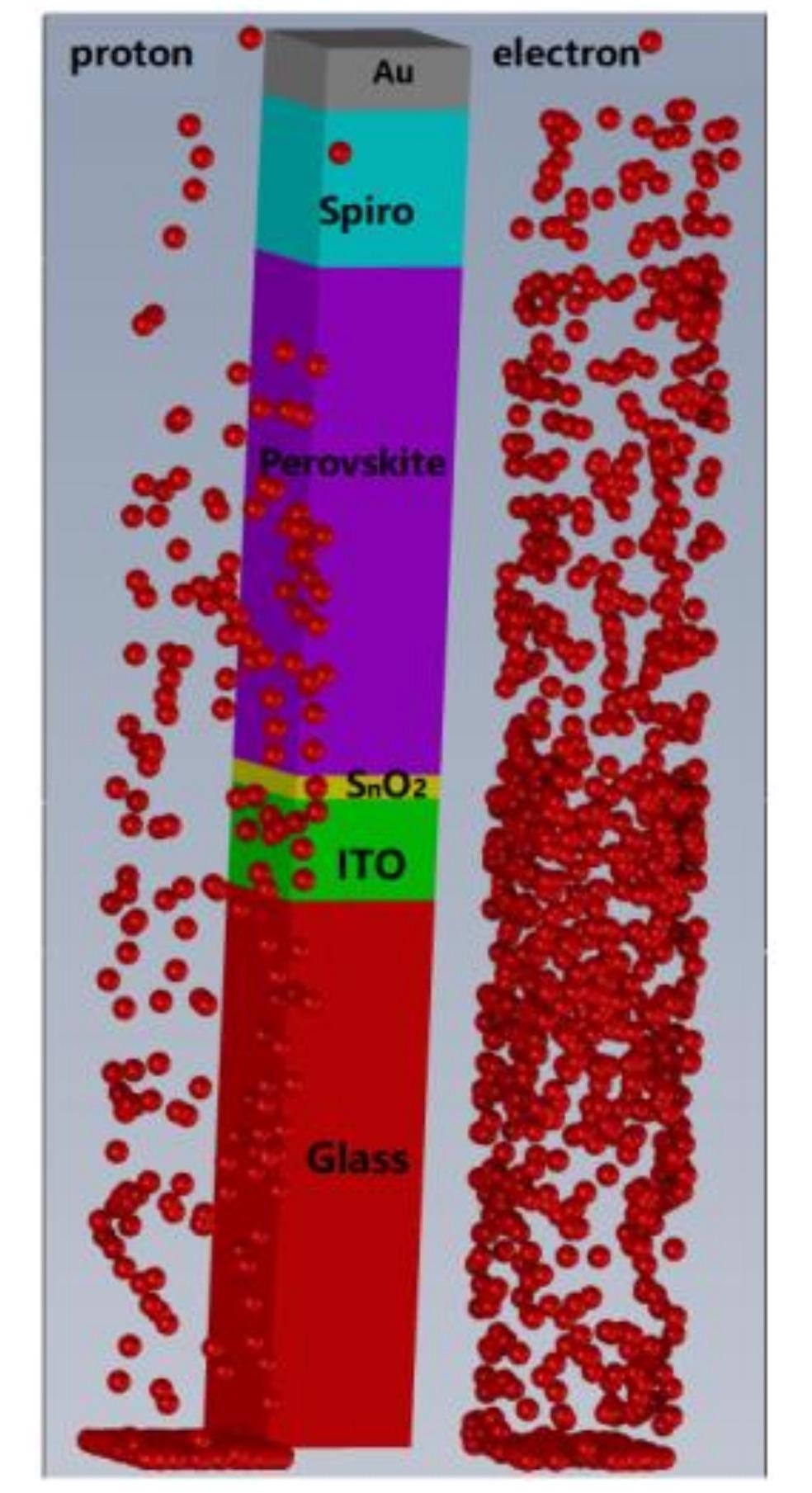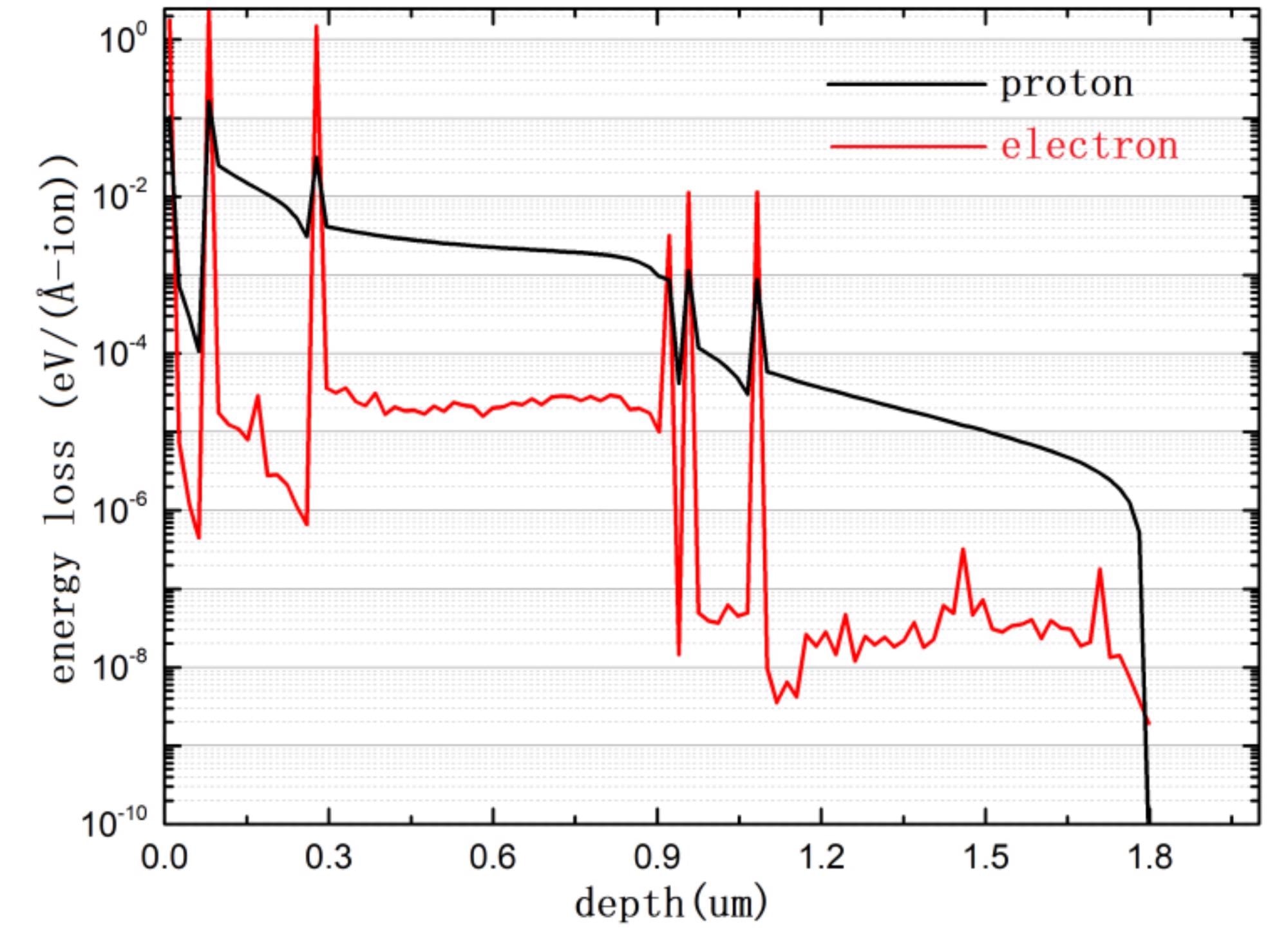In a recent study published in the open-access journal Materials, researchers analyzed the effect of irradiation of charge particles on perovskite solar cells (PSCs) while being used in space applications such as satellites. The experiment evaluated the tolerance power of composite PSCs under electron and photon irradiation and found two key results.

Study: Tolerance of Perovskite Solar Cells under Proton and Electron Irradiation. Image Credit: NJH Photography/Shutterstock.com
First, the PSCs were highly sensitive to electron irradiation, whereas they were mostly indifferent to proton irradiation. Second, the Monte Carlo method revealed that the energy loss of electrons at the interface was higher than that of the bulk material.
Solar Cell Materials in Space Applications
Solar cells are an inseparable component of any artificial satellite. Moreover, in the coming decade, their numbers are going to increase by more than 10 times. Currently, most satellites use hybrid power sources in which gallium-arsenic (GaAs) solar battery is the most commonly used energy source. It has excellent energy conversion efficiency and high tolerance to radiation in space. However, pure GaAs crystal has poor mechanical strength, and it is highly costly, especially for large-scale space applications.
Meanwhile, perovskite ceramic materials such as cesium lead halide perovskites have shown promising potential for solar cells owing to their high energy conversion efficiency rising from 3% to around 25% in just the last decade. It is also close to Shockley Queisser’s maximum efficiency of ~33% for a single p-n solar cell. Moreover, they have a very low bandgap that is tunable over a wide range of frequencies of solar irradiation.

Cell structures of PSCs manufactured by Xi’an Jiaotong University. Image Credit: Li, P et al., Materials
PSCs have a stability issue in oxygen and high moisture environment, but there is no such issue in space. However, the free-charged particles and high-energy rays may deteriorate the conversion efficiency of PSCs. This requires a deeper study.
About the Study
In this study, researchers fabricated a composite PSC solar cell and analyzed the effect of electron and proton irradiation on it. The PSC had several layers in order of indium tin oxide (ITO)/tin oxide (SnO2)/formamidinium cesium lead iodide FA0.95Cs0.05PbI3/Spirio/gold (Au). In this FA0.95Cs0.05PbI3 perovskite, FA and Cs were cation donors.
The bottom ITO layer was a transparent metal oxide conductor for high conductivity, SnO2 was an electron transport material (ETM), Spiro-OMeTAD was a hole transport material (HTM), and the top layer was Au for high conductivity. All samples were packed inside a quartz substrate.

A 3D view showing 1 MeV electrons and 3 MeV protons reacting with the perovskite solar cell. Image Credit: Li, P et al., Materials
The energy of electron irradiation was 1 MeV with a constant flux of 1011 cm-2 s-1 and fluence range from 1014 to 1016 cm-2. Meanwhile, the energy of proton irradiation was 3 MeV, while the flux was varied from 1.0 x 108 to 6.5 x 108 cm-2 s-1. For proton irradiation three fluence values were chosen viz. 1.0 x 1011, 1.0 x 1012, and 1.0 X 1013 cm-2.
Observations
The degradation of PSCs was induced by interstitial lattice atoms and vacancies during proton irradiation, whereas during electron irradiation, the degradation was induced by a large number of uniform point defects.
The Monte Carlo particle transport simulation revealed that protons penetrated through the PSCs without causing any significant collision. This means that the perovskite layer did not absorb any energy from incoming protons. The range of 3 MeV protons was 73.5 µm, which was higher than the thickness of the PSCs i.e., 1790 nm.
However, all electrons stopped within the cell layers. The energy loss of electrons was 1 order of magnitude higher than that of protons. Moreover, the energy loss of protons at the interface was 1 order of magnitude higher than protons in the bulk.

Energy loss varies with the depth of material layers. Image Credit: Li, P et al., Materials
Conclusions
To conclude, the researchers of this study analyzed the effect of electron and proton irradiation on PSCs, which is a promising solar cell for space applications. They simulated the particle transport mechanism of electrons and protons using the Monte Carlo software for a PSC consisting of FA0.95Cs0.05PbI3 as the main perovskite layer sandwiched between layers of ITO, SnO2, Spirio, and Au.
The results show that the PSCs were highly sensitive to electron irradiation compared to proton irradiation and the maximum energy loss occurred at the interface compared to the bulk material.
Disclaimer: The views expressed here are those of the author expressed in their private capacity and do not necessarily represent the views of AZoM.com Limited T/A AZoNetwork the owner and operator of this website. This disclaimer forms part of the Terms and conditions of use of this website.
Source:
Li, P., Dong, H., Lan, J., Bai, Y., He, C., Ma, L., Li, Y., Liu, J., Tolerance of Perovskite Solar Cells under Proton and Electron Irradiation. Materials 2022, 15, 1393. https://www.mdpi.com/1996-1944/15/4/1393